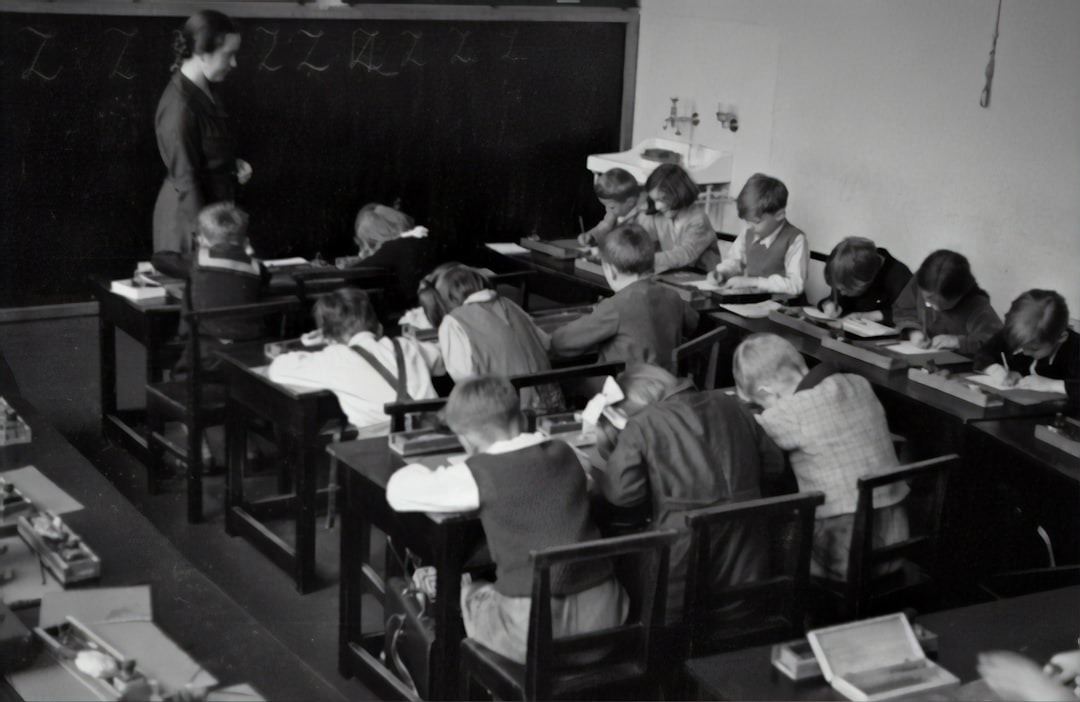
How to Travel Safely: Essential Tips for Peace of Mind
# Introduction. Traveling is one of the most enriching experiences one can embark on. However, with diverse cultures, environments, and safety levels worldwide, ensuring personal safety during travel becomes paramount. This blog post sheds light on essential tips that will empower you to travel safely while exploring new horizons. Whether you're a seasoned traveler or planning your first trip, these tips will help you navigate potential hazards and promote a stress-free journey. # Research Your Destination Thoroughly. When traveling, the first step towards safety is conducting comprehensive research on your destination. This goes beyond basic information about local attractions and dives into understanding safety levels, local customs, and cultural sensitivities. Utilizing online resources, travel guides, and forums like TripAdvisor can provide insights into areas to avoid due to crime rates or political unrest. Moreover, familiarize yourself with local emergency services, including police and hospitals, and keep their contact information readily available. If you experience a medical emergency, language barriers can complicate communication, so having information about hospitals or clinics that cater to tourists is crucial. Finally, learn a few basic phrases in the local language; it can help if you find yourself in a challenging situation. # Keep Your Valuables Secure. A critical aspect of safe travel involves securing your valuables. This entails using money belts, anti-theft backpacks, or personal safe devices to keep your belongings secured. Keep most of your cash and important documents safely tucked away and only carry what you need for the day. Should theft occur — which is always a possibility in crowded tourist areas — you minimize your losses significantly. Additionally, consider having electronic backups of vital documents, such as your passport or travel insurance, stored securely in the cloud or your email. If your belongings are lost or stolen, having digital records can streamline the process of getting replacements. Always keep important contact numbers (like your bank and local consulate) stored separately as well. # Stay Aware of Your Surroundings. While it’s easy to get caught up in the beauty of a destination, staying aware of your surroundings is vital. This includes watching for local behaviors and noting if something feels off. Always trust your intuition; if a situation seems uncomfortable, remove yourself promptly. When exploring unfamiliar areas, avoid excessive distractions such as checking your phone repeatedly or wearing headphones. This can prevent you from noticing potential dangers around you. Moreover, try to blend in with locals by avoiding flashy clothing or expensive jewelry that may draw attention to yourself. # Use Safe Transportation Options. Transportation is another critical aspect of travel safety that’s often overlooked. Whether using local taxis, rideshare apps, or public transit, ensuring that you choose reputable options can significantly affect your overall safety. Research the best local transportation methods prior to your trip; in some countries, public transport can be the safest and most economical option. If you must use a taxi, opt only for licensed and recognized services. Rideshare applications allow you to track travels in real-time, adding another layer of safety. Additionally, avoid traveling alone, particularly at night. If possible, enhance your safety further by informing someone of your location and plans at all times. # Trust Local Advice and Resources. Once you arrive, tapping into local knowledge can improve your overall experience and safety. Don’t hesitate to ask hotel staff for restaurant and attraction recommendations, and express any safety concerns regarding specific areas. Often, seasoned locals can offer invaluable tips about which places to avoid and when it’s best to visit different spots. Additionally, utilizing local resources like tourist information centers not only provides updated safety information but may also offer guided tours led by reputable companies. These tours can give you insights into local history while ensuring you stay part of a group, maximizing your personal safety. # Conclusion. Traveling safely is an essential aspect of enjoying your adventures fully. With thorough research, secure handling of your valuables, heightened awareness, smart transportation choices, and reliance on local advice, you can create a travel experience that's not only enjoyable but also secure. Remember that preparation is key; the more informed and cautious you are, the more likely you are to enjoy your travels without unnecessary stress. Happy travels! .









